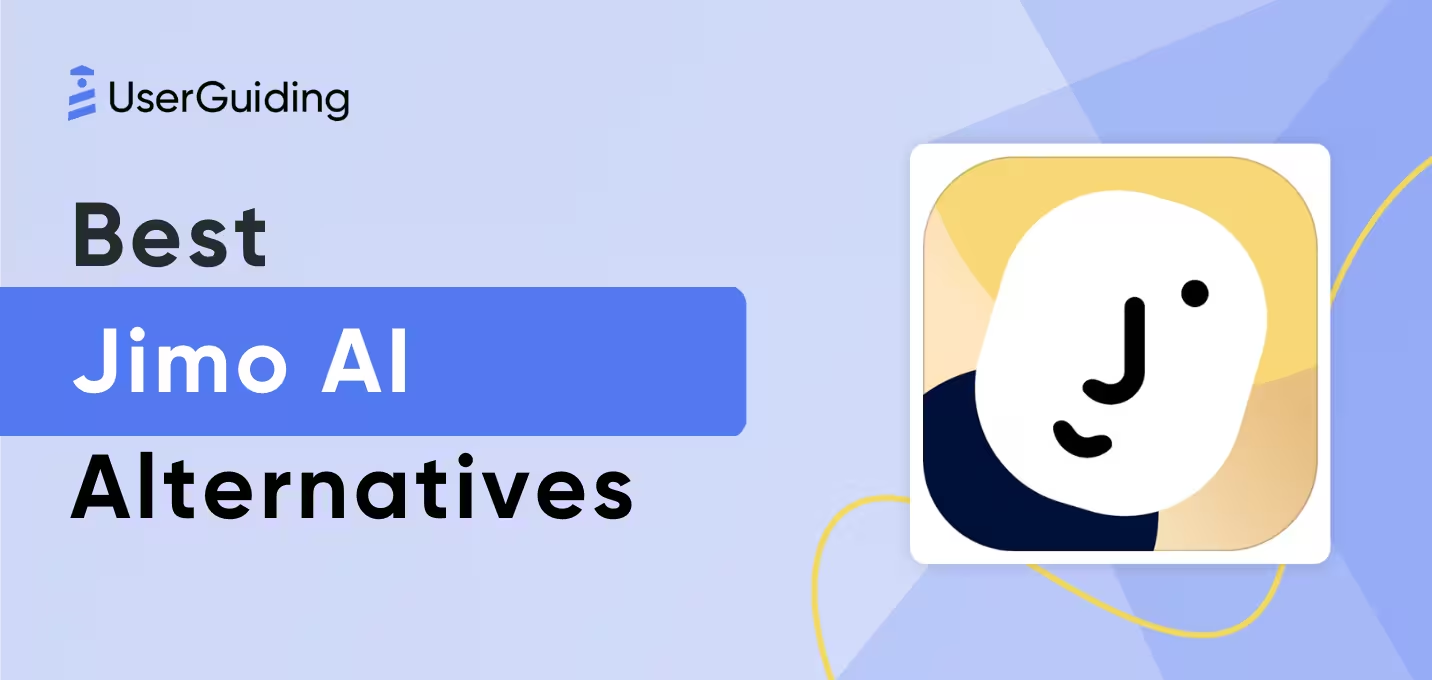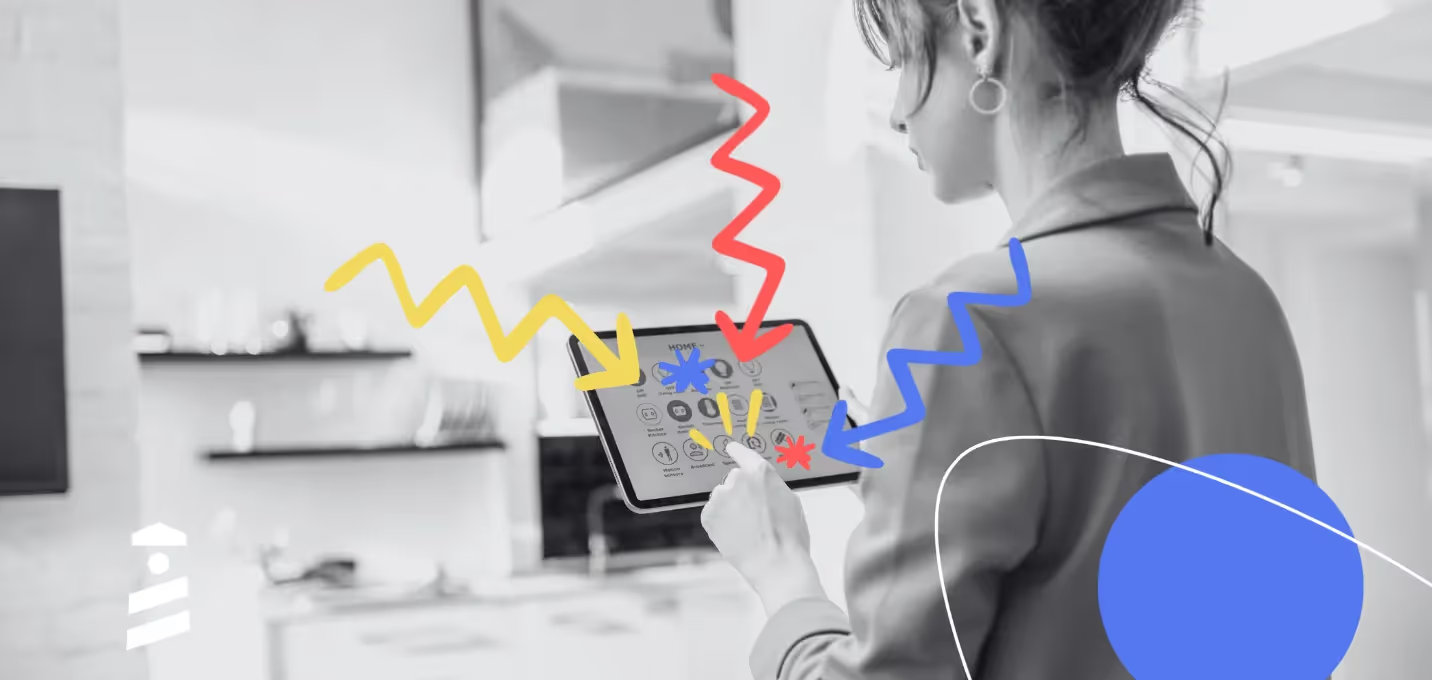

Let me tell you, client onboarding has never been more important.
We all know that growing your business is almost dangerously linked to your capability to win some brand new clients out there. Yes, they're that important to your success, and therefore you should never neglect the fact that developing a lasting relationship with them is key to winning their hearts.
This is where Client Onboarding steps in. In a nutshell, a proper client onboarding process will help you achieve those ideal relationships I was just talking about. When done right, this process will enable you to offer the best service possible since you will have been aware of everything that defines your clients' needs and what makes them who they are.
So, what's up with a Client Onboarding Questionnaire?
A client onboarding questionnaire is a primary step you take before you get started with your whole process. While onboarding your potential client, this questionnaire will allow you to understand their mindset and expectations, so as you can guess, which questions you include in this questionnaire is vital to achieving the best results. After all, only those who ask the right questions will get the right answers.
I'm not the only one who thinks so:
😎

So, I decided to group the most critical questions that serve different yet equally important purposes. I've gathered all 16 questions under four separate groups so that they will be easier to read, follow and understand.
The groups are as follows:
- Basic Client Information
- Business-Oriented Information
- Design-Focused Information
- General Information
1. Client Information
The most important type of questions you can start with are those that provide you with in-depth client information. Every client, every project you encounter will be different. This is why paying attention to people before anything else will enable you to understand your clients' particular requirements, business goals, concerns, and pain points.
This is why this group of questions includes a ''getting-to-know-each-other'' vibe that really sets the tone of the beginning of a professional client relationship that enables both parties to achieve their aims and reach overall success.
The answers to these questions will tell you who you're speaking to, what their aims are that you can help them achieve, and what their ways of doing business are.
Here's a look at those questions:
- What makes your business stand out?
- What are your values and beliefs in the workspace?
The first one obviously aims to learn more about the particular business and try to figure out the key factors that make it what it is. In contrast, the second question is a more personal one that aims to discover more about your client's mindset, ideas about work ethics, and their approach to the must be's of a work environment.
- Who is your targeted audience?
- What are your expectations from the future regarding your business?
The third question is critical to your understanding of your contribution to your client's business. It enables you to have a proper idea of the people you'll be addressing and helping together. Again, the fourth one contributes to your role-defining process within the client onboarding journey; it lets you have a better clue on your client's expectations of you and uncovers what they are trying to achieve through your help.
2. Business-Oriented Information
After getting familiar with your client and creating an excellent first impression, the next group of questions you'll be dealing with is the one that helps you tailor your business plan and marketing strategy specific to your client's business needs.
These questions will help you find out more about what your client has to deal with, be it their competitors, the environment their business operates in, their budgets, who they find inspirational, and what tools they're using or would like to do use, etc.
Here they are:
- What is your planned budget for this project?
- Have you participated in a project similar to this one before? If so, how did it go?
These two questions help you tremendously when it comes to uncovering the essentials; the first one aims to learn about the size of the budget your client sees appropriate for your work, which gives you the ability to decide what you can do with the budget given you.
The second question is more linked to the business relationship between you and your customer; based on their answer, you can find out if they previously tried something similar, what went wrong, or the upsides of the previous experience. You can act accordingly as a result of this information.
- What goals have you set for this project?
- Who are your top competitors?
These two questions serve you in the best way possible in that they're significantly crucial in showing you the ultimate aims of your clients regarding your collaboration, and you can turn this information into something sort of like a checklist you create for yourself to serve your clients better, to make their goals achievable.
The next question serves a similar purpose; by getting them to tell you their top competitors, you can create room for detailed research on the fellow businesses you were told, find out more about what they are doing right, and again obtain a better understanding of your client's mindset and provide them with a great service.
3. Design-Focused Information
Towards the end, some information regarding your client's taste on particular aesthetics will do you so much good. This part helps both of you create the best service for your audience, and that service includes the first impression and the ongoing need for eye appeal.
Communication and addressing this matter will help your design team develop something relevant to your client's preferred method of design and prevent your work from resulting in something they would find terrible later on.
There are various ways to learn about their tastes; they may already have a particular color scheme that they always stick with, or they might have/want to have some colors associated with their brand and make their service recognizable. The same goes for the theme and tone of their website as well. They might want to go for something completely professional, slightly soft, informal, friendly, etc.
Here's what you can ask them:
- What are some keywords that you would like people to associate with your website?
- Do you have a specific style of design plan in your mind?
These two questions will illuminate your way as you try to comprehend what your clients have in mind regarding the look of their service, and based on their answers, you can communicate with your entire team to help them come up with something your client will like.
- What are some website design examples that you find inspirational?
- What's so great about these examples?
These two will shed light on the client's overall tastes and opinions on what a website should look like at the end. Based on their answer, you'll be able to get a fuller picture of what your clients find appealing, sloppy, eye-tiring, etc.
4. General Information
These additional questions that belong to this group aim to learn more about your own role and participation during the process. They can also be used to make the final decision on whether you'll be working with the client and make sure that your client onboarding questionnaire templates- they will be shown below- are easier to read, follow and understand. You can think of this part as a final touch that really sets up the whole questionnaire.
Here are some of the questions to end your questionnaire in a great way being sure that you and your client are both aiming for the same goal and moving to the same direction:
- What can WE do from a customer support angle to ensure that you get what you want?
- What excites you most about working with OUR company?
These two questions kind of change the direction of the conversation towards you, your role, and your significance to the whole process. Based on the answers, you can understand where exactly the client wants you to step in and how they plan to benefit from your experiences. You can learn about how your company appeals to your client, what brought them to you in the first place and what they think you can help them achieve.
- What specific problems do you think WE can help you solve?
- How did you find our company? Online search, referral, social media?
The first question here works as a great final touch that helps you have a 100% clear perspective on your clients' expectations and what exactly they require from you. No sugarcoating, just the straightforward truth. It also creates a sense of reliability and helps you build a strong relationship based on truth, communication, and strength.
The next question is, I believe, a necessity that you should definitely include in your questionnaire. It would be best to mention it at the end when you're fully through with everything that interests the client since this question is more important to you and your business.
By asking how your clients how they found you, you can have a clear idea of how successful you are when it comes to people hearing about you, through which channels they spread the word about you; the answers may contain several different areas such as socials, word of mouth referrals our online search, you need to focus on the least common area and try to do a better job being familiar there.
Templates
Now that you know what you should include in your detailed client onboarding questionnaire, you're aware that it's supposed to be a very neat process, which means it will take quite some time to create. However, you can cut down the time it takes for you to come up with a great template using certain platforms that can help you out!
I've gathered a couple of questionnaire templates I found for this article. Let's check them out.
1- GetForm

You can get started by GetForm's numerous questionnaire templates; they're pre-designed, so you don't have to worry about the time spent designing and organizing the look of your questionnaire. You can take this time and use it to create the best questions instead!

Before you use the template, you'll be provided with a preview so that you can be 100% sure that this will be your final decision. If you’re optimistic about it, you can choose to create your form simply by clicking on the option, and the process will be followed by the editing process later on.
2- Typeform

Typeform lets you create all kinds of business forms, including questionnaires, NPS Surveys, a simple form that displays feedback, and more. In this case, you can easily go for one of their beautifully designed templates to input your list of questions and make the whole questionnaire look appealing and engaging. You can make them interactive and personalized instead of coming up with something dull and average.
Remember, your onboarding questions should be throughout and must provide in-depth answers, but how impactful can they really be if they're not displayed right?
That's why sticking with a proper client questionnaire template that suits your work approach and environment is a must. This way, you can create a longer-lasting experience and even gather more and better customer data.
Thank you for reading this article, and I hope it did a good job informing you on onboarding questionnaires and what they should include and look like. See you next time!
Frequently Asked Questions
What is a client onboarding questionnaire?
A client onboarding questionnaire is a digital intake form that you share with your clients to combine all the information you want before deciding to work collaboratively on the project details. This questionnaire can include basic client information, business operation, your client's long-term goals, and expectations from you.
What should a client questionnaire include?
A well-done client questionnaire should include candid questions that provide personal, reliable & straightforward information. Ensure that your online form includes client information, business-oriented information that reveals personal experiences and expectations, design-focused information that shows you what your client finds appealing, and some general information that will help you understand everything better and in a more detailed way.
How do you write a client questionnaire?
You can easily write a client questionnaire by focusing on asking close-ended questions that have straightforward and clear answers. All you need to is being organized, asking one question at a time, avoiding any discomfort so that the client doesn't feel overwhelmed. After creating your questionnaire, you can always conduct a test drive or a follow-up meeting to make sure it works.
What are some questions listed on a client questionnaire before the service starts?
Before diving deep into the whole process, there are several key questions that you can ask your client in order to gain personal information that reveals the approach and feelings towards the business project. You can ask basic questions like:
- What makes your business stand out?
- What are your values and beliefs in the workspace?
These two will help you understand your client on a more personal level since they will shed light on how they like to do business and how they feel about their own company.
What questions should you ask a new client?
You can ask your clients several different questions that will help you get to know them and they will each serve a different purpose and illuminate different topics. You can ask them who their top competitors are, their marketing goals for their company, what they expect from you, how they feel about your business model, etc.

















.svg)
.svg)
.svg)
.svg)
.svg)

.svg)
.svg)












.svg)
.svg)




.png)
















